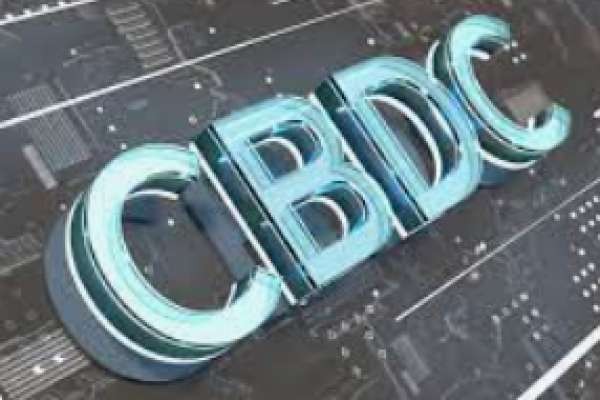By Diana Barrero Zalles
Crypto & Blockchain
I write about how stablecoins & CBDCs can impact business and society.
On January 20th, 2022, the US Federal Reserve Board released its initial concept paper for a CBDC, a key innovation for the future of the dollar. It defines a CBDC as a “digital liability of the Federal Reserve that is widely available to the general public” and as such would be “analogous to a digital form of paper money.”
The stated benefits of a US CBDC include providing households and businesses directly with a convenient electronic form of central bank money, with adequate levels of liquidity and security mechanisms. It would offer a platform on which to innovate financial products and services, advancing faster and cheaper payments domestically and internationally, and promoting financial inclusion.
On the other hand, a US CBDC also poses risks and policy questions with respect to its impact on the financial market structure, cost and availability of credit, financial system safety and stability, and efficacy of monetary policy.
For a US CBDC implementation to proceed, the benefits must exceed the risks. The Fed’s priorities for a CBDC design would be to ensure privacy protection, an intermediated structure where specialized external parties would address privacy issues regarding financial transaction data, a wide transferability to ensure accessibility, and robust user identity verifications.
For breaking news, market insight, and in-depth analysis, subscribe to our premium research service, Forbes CryptoAsset, and Blockchain Advisor.
Key Actors
Jerome Powell Chairman, Federal Reserve
Janet L. Yellen Secretary of the Treasury; Convened President’s Working Group on Financial Markets (PWG)
Chris Giancarlo Executive Chairman, The Digital Dollar Project; Former Chairman, US Commodity Futures Trading Commission (CFTC)
CBDCs are coming, and the question is no longer if but when. On December 8th, 2021, the House Financial Services Committee held a hearing on digital assets, largely as an educational session where Congress representatives asked questions to senior executives from the digital asset ecosystem.
One of the main concerns was how to maintain the global dominance of the dollar, particularly in the context of rapid CBDC and broader cryptocurrency developments. Much of the regulatory discussion on stablecoins, which rose to the forefront since the initial Libra proposal and continues to be a major area of focus, would also apply to a US CBDC given the parallels in structure and use cases.
The US has been slowly playing this new technology. The Fed’s concept paper had been expected since the summer of 2021, and an assessment of the costs and benefits of a CBDC was announced by Fed Chairman Jerome Powell in September.
For several months, US regulators had not even shed light on what such a digital token may look like, leading to concerns from some interested parties and suspicions of a lack of agreement on a CBDC outlook. For instance, on January 12 Congressman Tom Emmer (MN-06) introduced a bill that would prohibit retail CBDCs accessible directly to individuals, despite the fact that the Fed had not yet released its initial CBDC concept paper.
While Washington’s response to the first wave of the Internet in the 1990s was to “do no harm,” the response to the rise of digital assets has often been to revert to the status quo, as opposed to a dynamic regulatory approach that adjusts with innovation.
The US President’s Working Group on Financial Markets (PWG) released a Report on Stablecoins in November of 2021, proposing recommendations[4] that are unlikely to be implemented soon and point toward maintaining the existing regulatory structure.
Although the report accurately discussed requirements for issuance, systemic risks, and potential shortcomings of digital money as it becomes a matter of public interest, it didn’t fully identify the opportunities of the Internet of Value to modernize the financial system.









No Comments